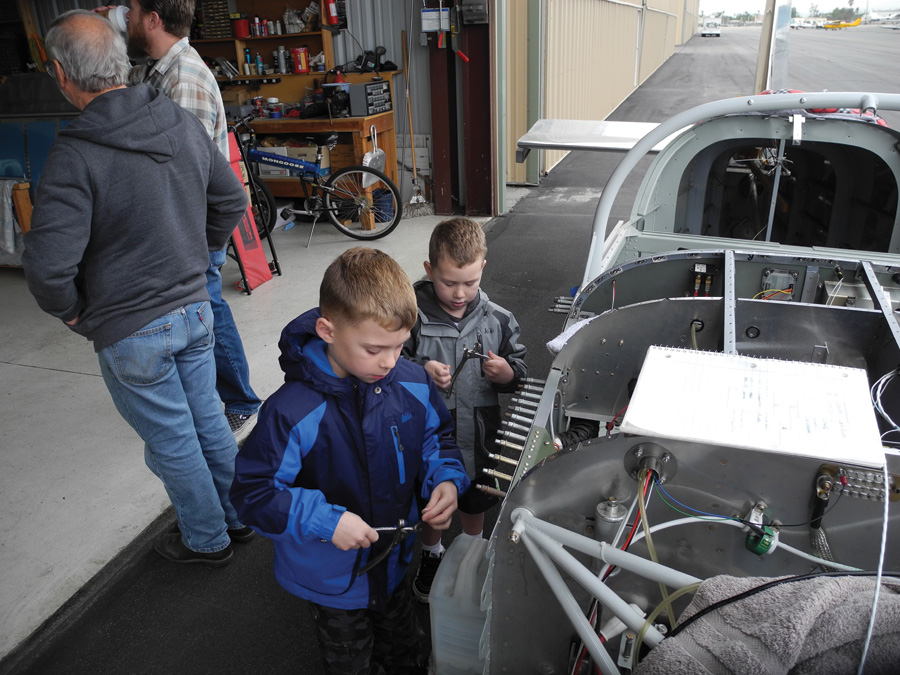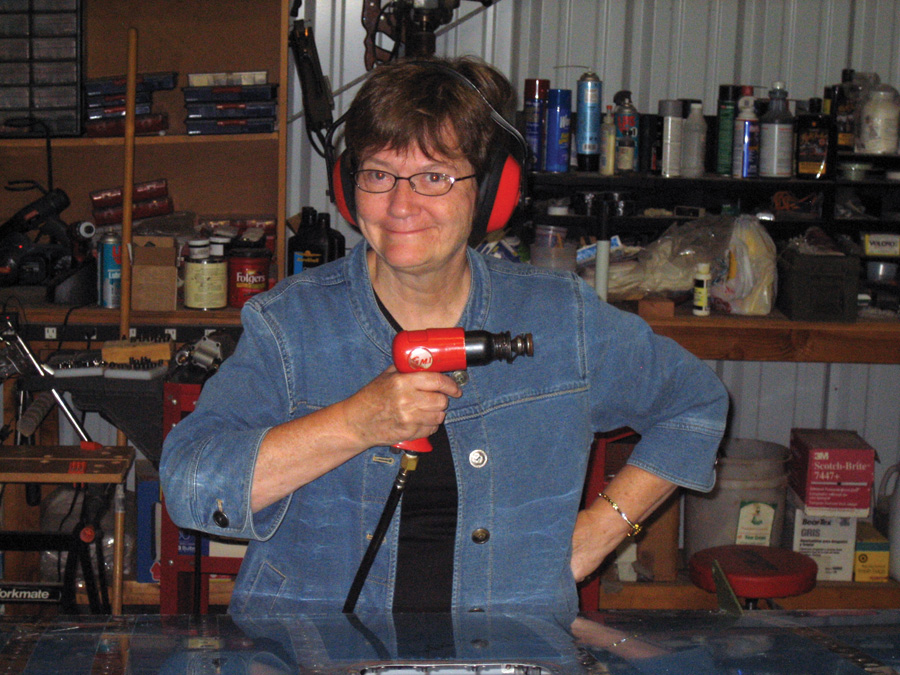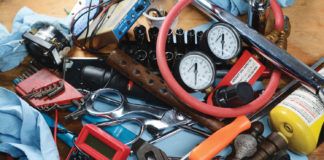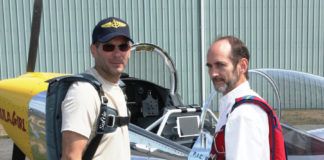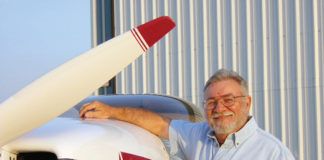Gru has his minions. Santa has his elves. Timmy has Lassie. When building an Experimental airplane, you can have helpers, too.
Helpers can be wonderful, but there’s also danger. A not-so-helpful helper can be a real problem.
Helpers can be family (young and old), airport bums, an A&P down the row, or a guy who has built nine Experimentals and is willing to help you do one. Helpers can be experts, technicians, or just a pair of helping hands. Helpers can bring assistance in many ways, but can also bring some challenges.
So here are 10 tips for helping hands when building an Experimental aircraft:
1. Keep kids and novices away from dangerous chemicals. Be sure adults who are working with cleaners, primers, paints, and other shop chemistry are fully briefed on handling and safety.
2. Keep several sets of safety glasses and hearing protection around. Drop-by help can be useful if properly equipped. If you are building a metal plane, keep an extra pair or two of Cleco pliers around.
3. Remember, this is your plane. Advice can be good from expert helpers, but build the plane you want.
4. Long-term helpers will need training. Put in the training time up front, and you will be better off in the long run. Teach safety and the proper use of tools for novices.
5. When you have many helpers for a coordinated task, such as installing wings or an engine, be sure to do a full briefing of all helpers before you start. Stay coordinated and keep everyone working in the same direction.
6. Keep your emotions in check when working with family, friends, and significant others. Be patient and stay on task, and remember that accidents can happen.
7. It is OK to ask someone not to help. Some folks are just not cut out to build airplanes.
8. Evaluate what kind of help you have and judge assistance and expertise accordingly. A person who built a fiberglass boat may not be an expert at building a fiberglass airplane. A person who wired a house may not be the right person to help you wire your avionics.
9. Family or friends or a significant other may not want to help. Some folks may feel uncomfortable working on a project that life and limb may depend on the quality of their work.
10. Always supervise your helpers. Know what tasks are completed and double-check the results. If a helper failed to put a cotter key in a critical part, you are the one who will bear the consequences.
Getting a helping hand now and then will keep a project moving forward. Helpers can also bring some concerns as well. Manage your help, pay attention to safety, get things done the way you want them done, and try not to hurt anyone’s feelings.

![]()
David Boeshaar is a systems analyst for corporate Disney. A former mechanic, teacher, and computer help desk guru at a major university, he is now building a Van’s RV-9A for fun with his brother-in-law. As the new guy in aviation, Dave has learned lots, both good and expensive, and hopes to pass along a little help to the builders coming up behind him.


